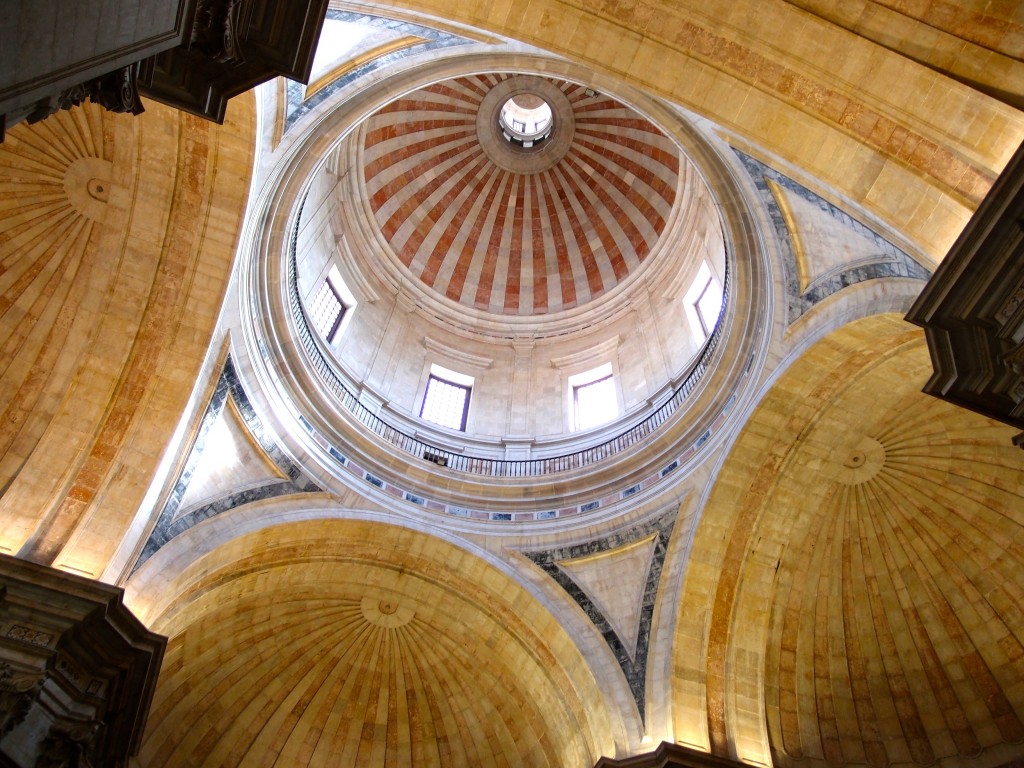The Alfama area in the east of the city offered a very different experience to what we’d found in the rest of the city. As we wandered through narrow alleyways, stepped over locals having their morning gossip, and spotted unusual graffiti I began to appreciate how the pace of life felt more relaxed, less touristy.
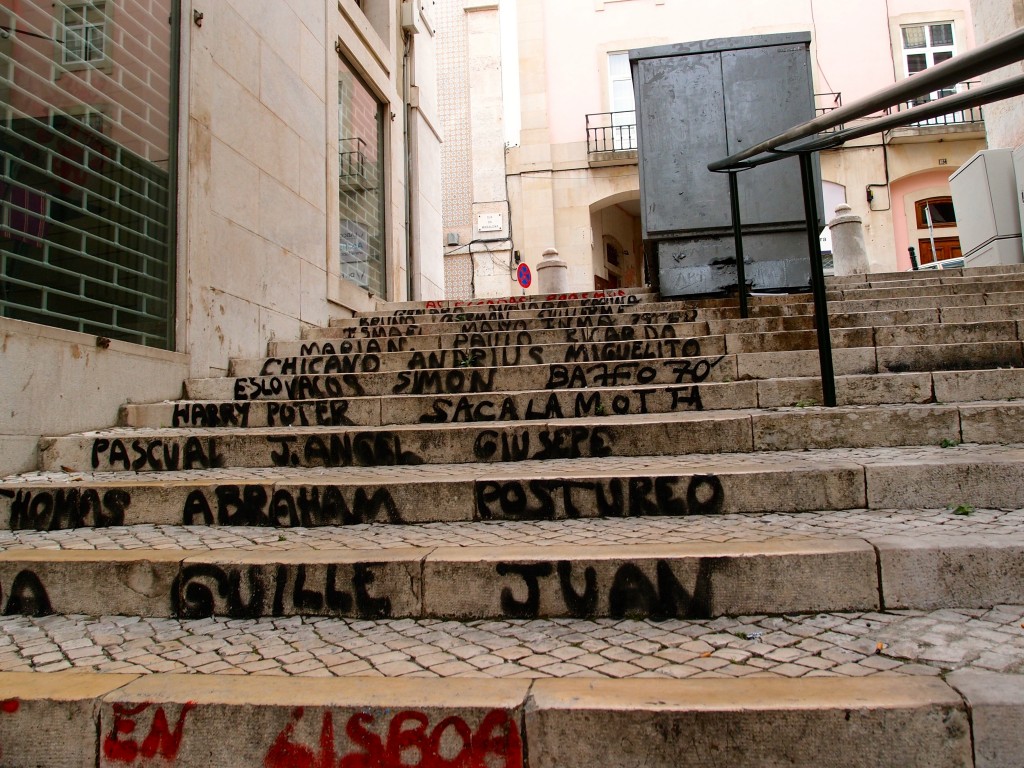
Some traditional Portuguese names, and some less so… Harry Potter anyone?!
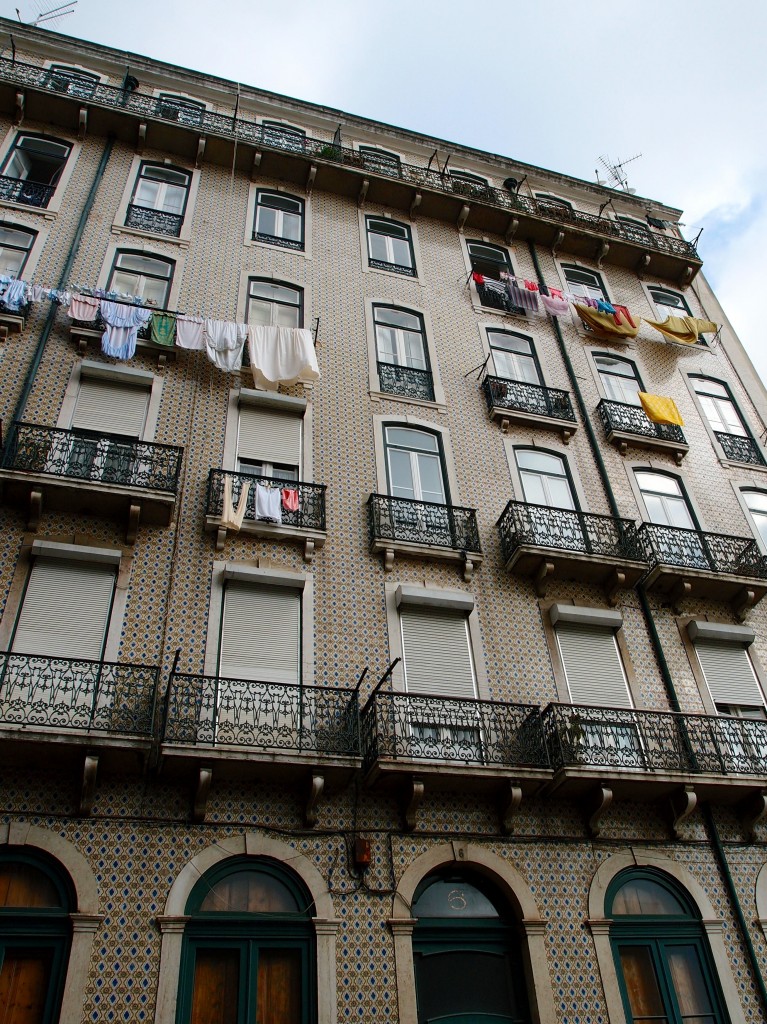
When the Moors ruled Lisbon, the Alfama was the fanciest part of the city, but when they were defeated by the Christians it was left largely to the fisherman who lived along that part of the coast. Although it is close to the main part of the city, it still retains a bit of a village feel, which makes it fascinating to wander through.
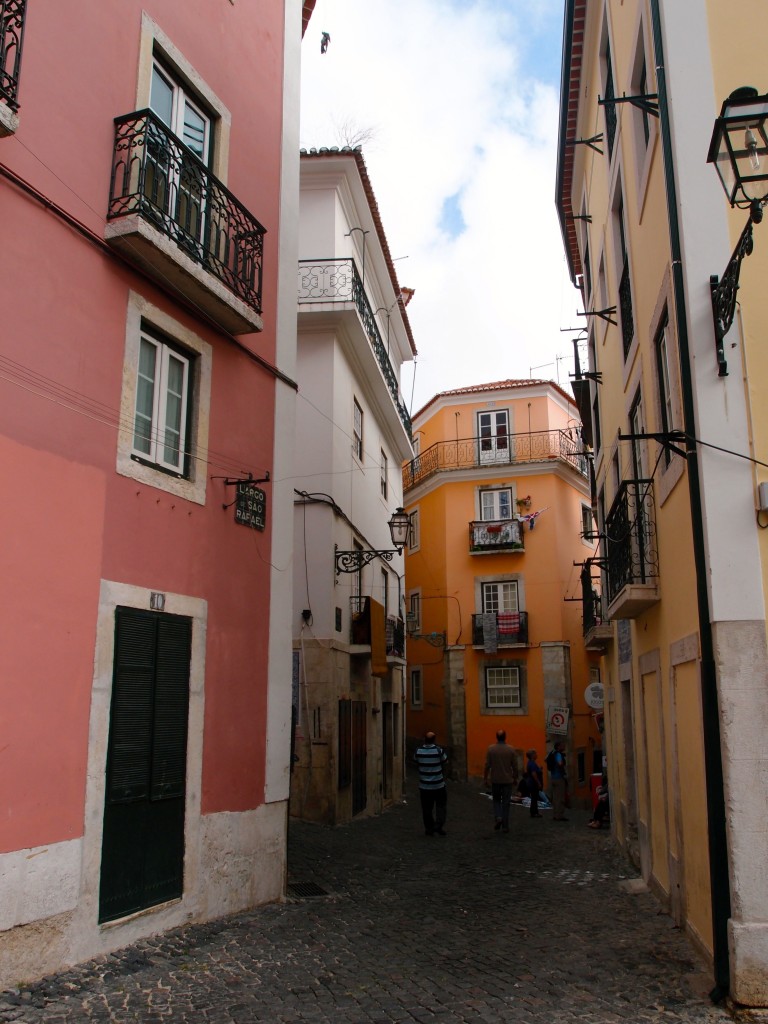
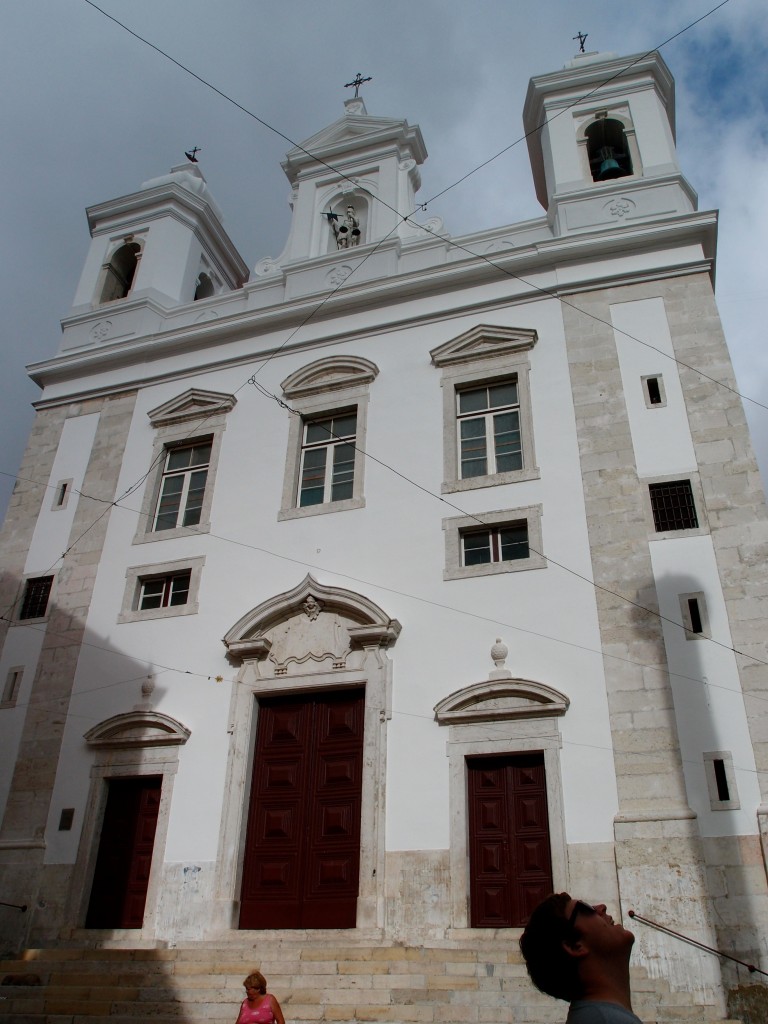
The Igreja de São Miguel – and Jono looking up!
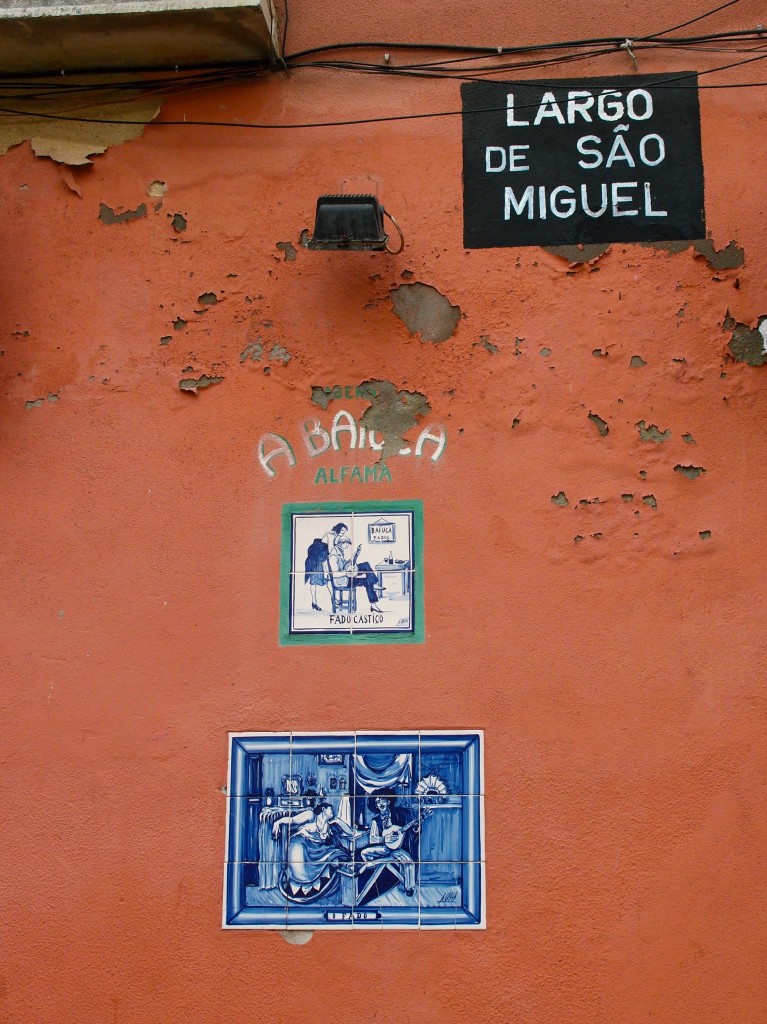
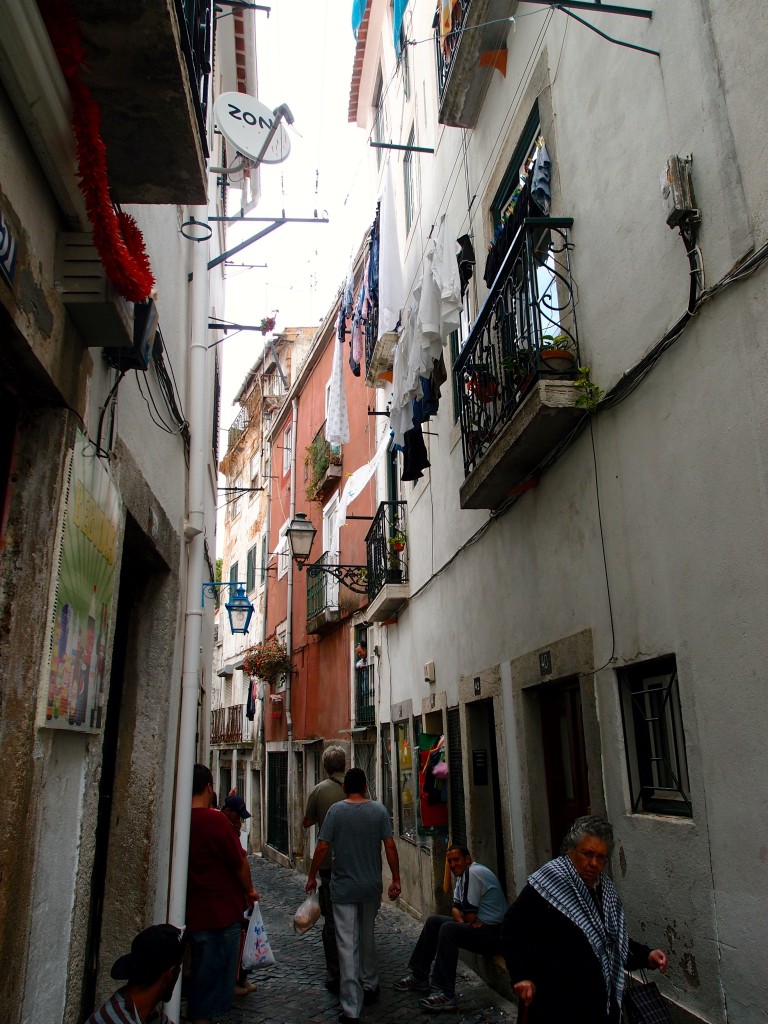
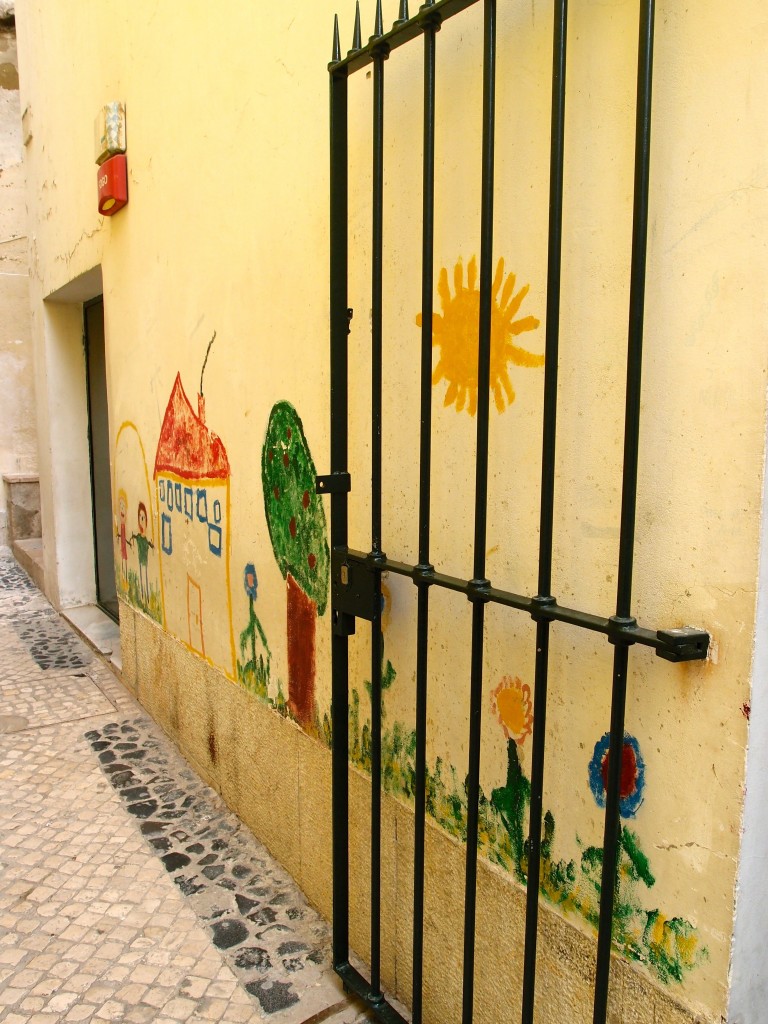
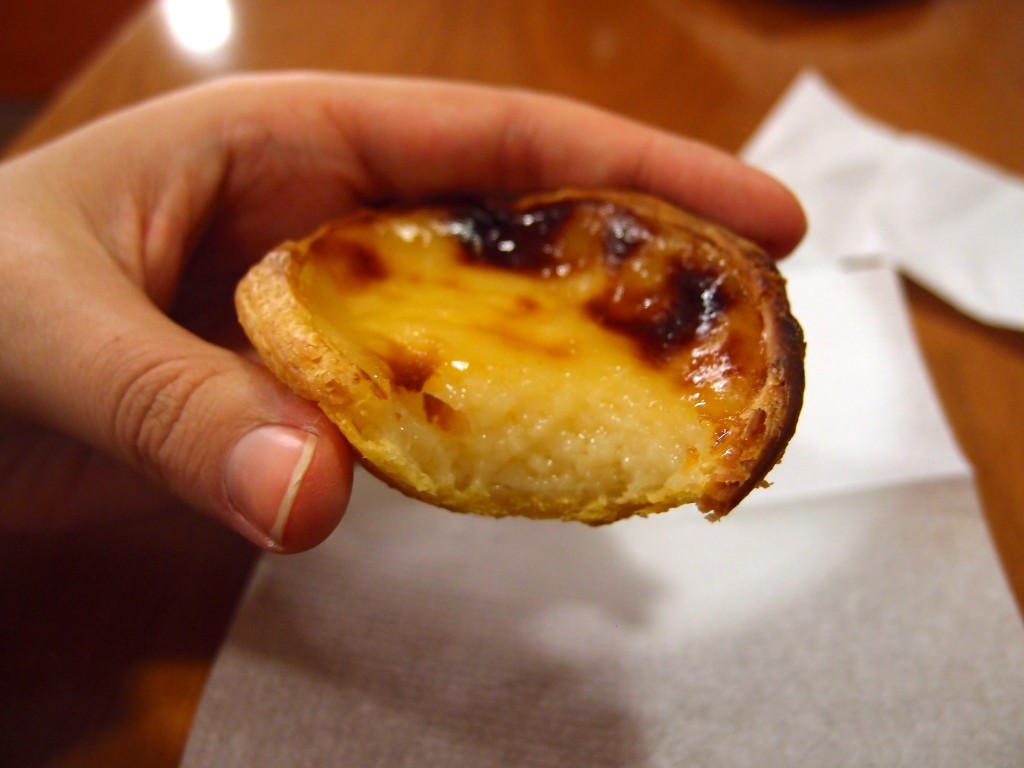
Our daily custard tart sample – I managed to restrain myself long enough to take a photo!
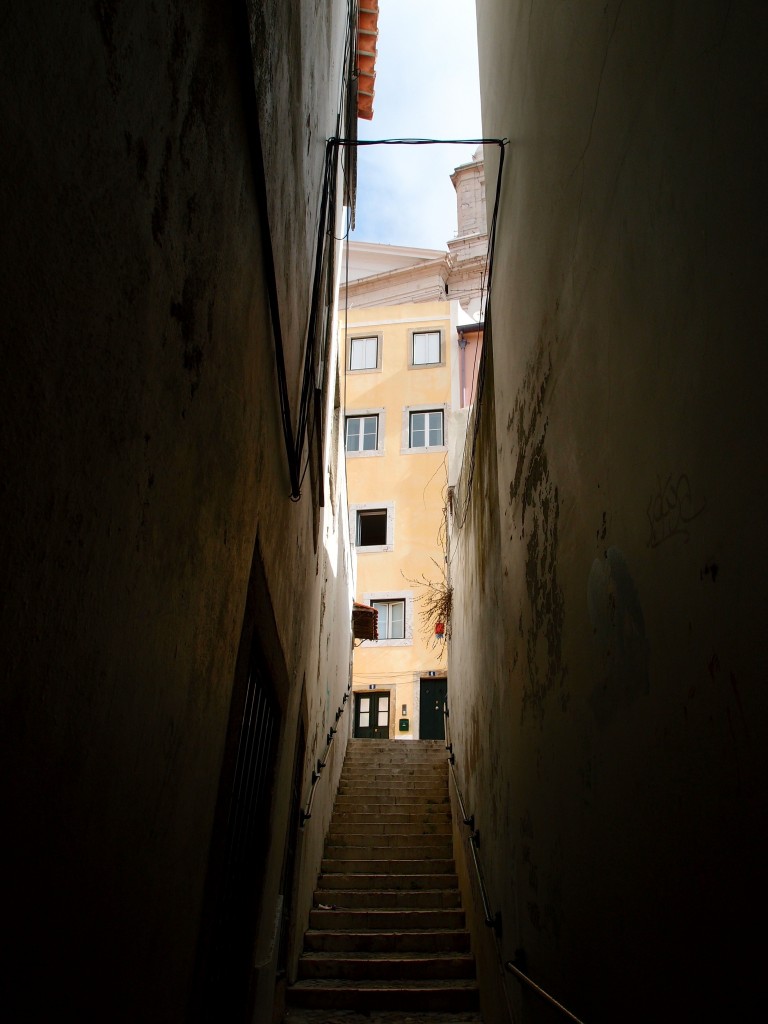
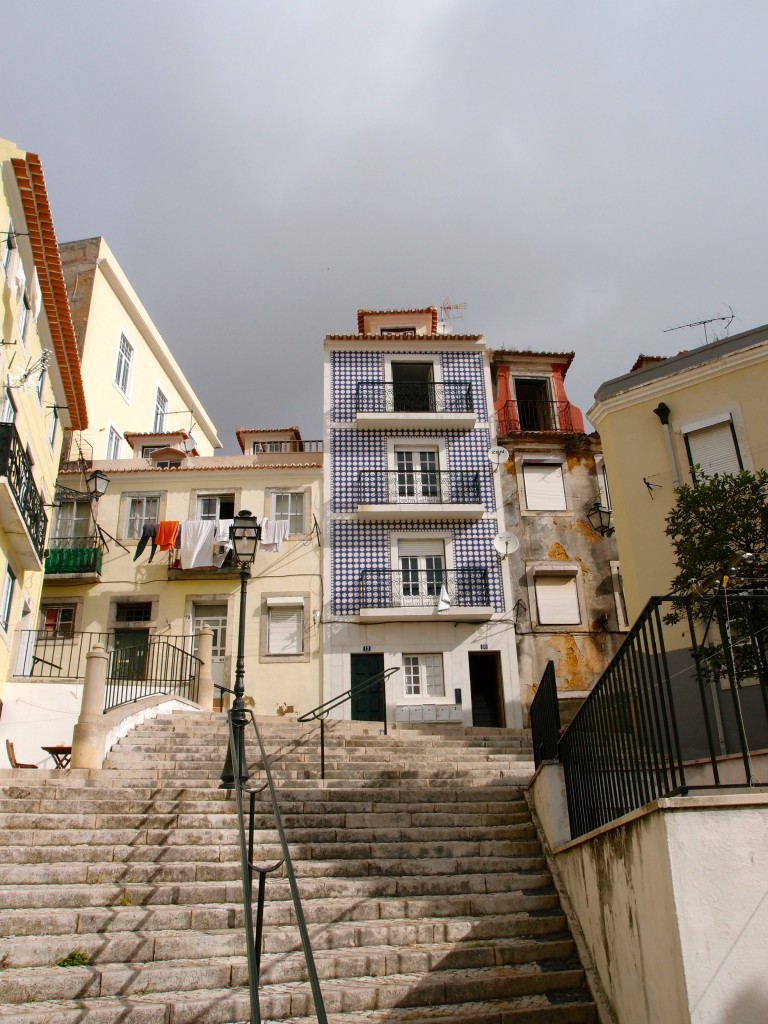
Lots of steps on our way up – we certainly earnt our pastéis de nata that day!
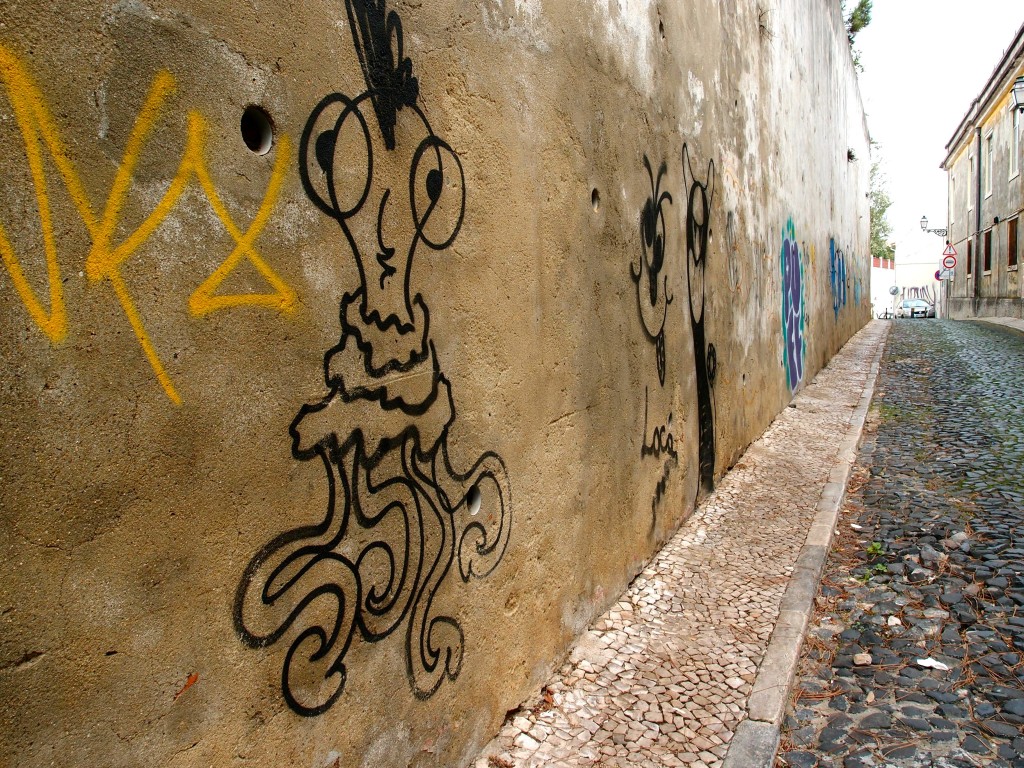
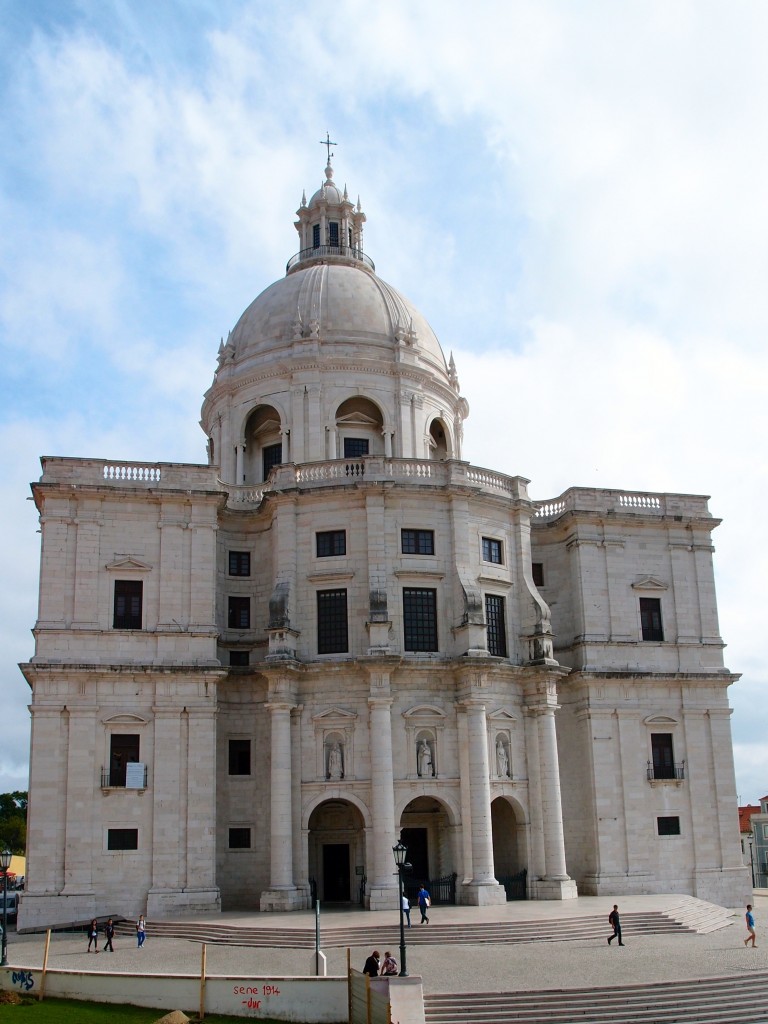
One of the main tourist attractions of the Alfama is the magnificent Santa Engrácia. Begun in 1681, the church was not properly completed until 1966, and is now home to Portugal’s National Pantheon, housing the tombs of several important national figures. However, our main reason for visiting, aside from seeing the stunning building itself, was the views over Lisbon and the River Tejo from the church’s terrace… they were worth every stair climbed and then some!
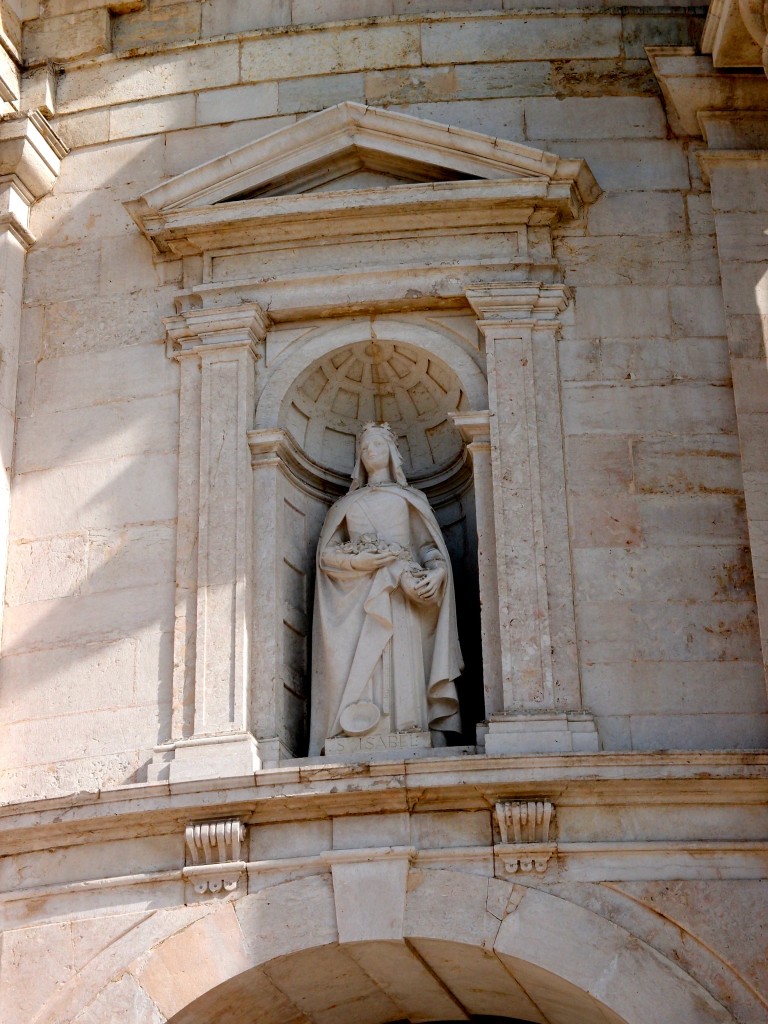
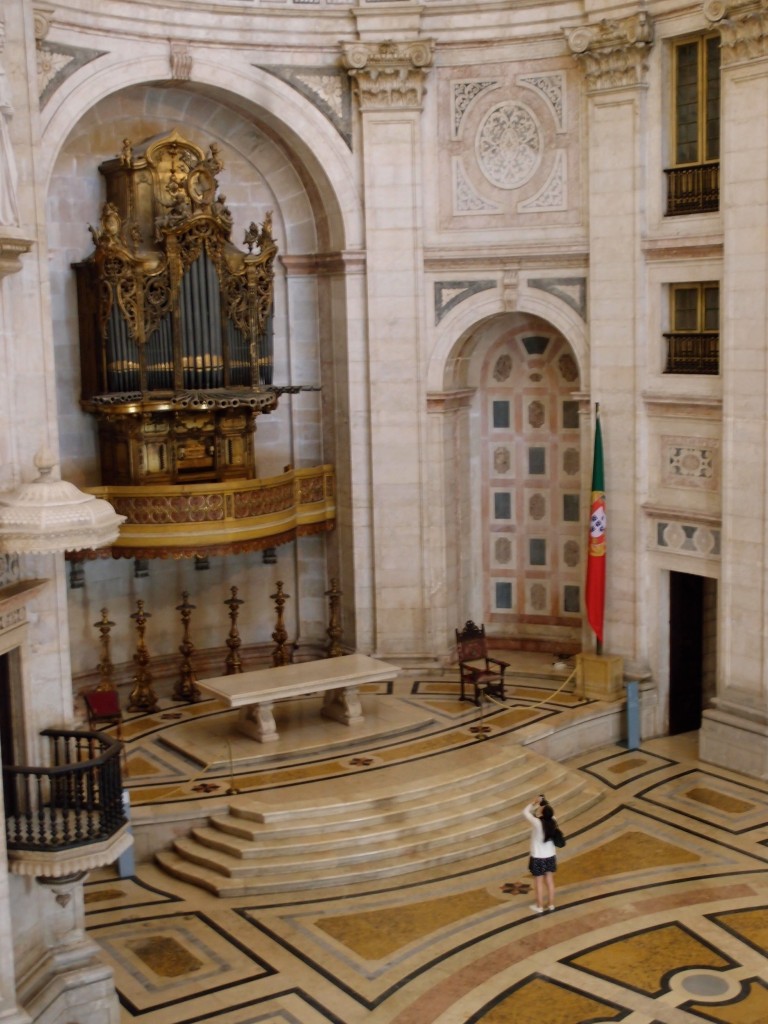
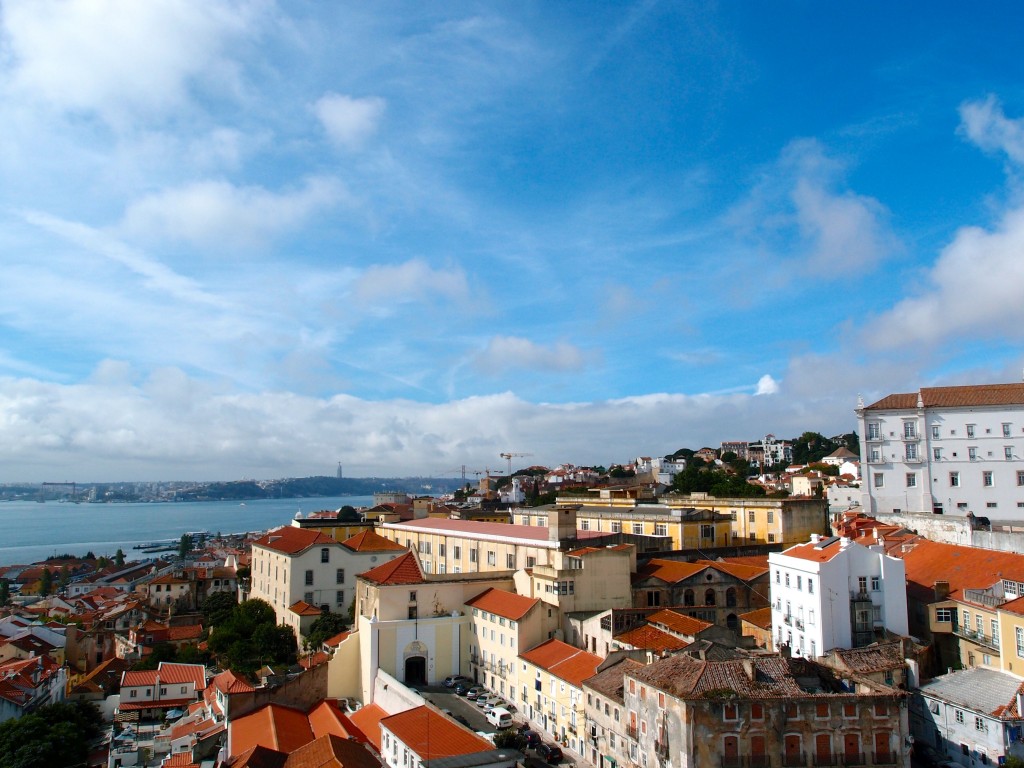
Beautiful!
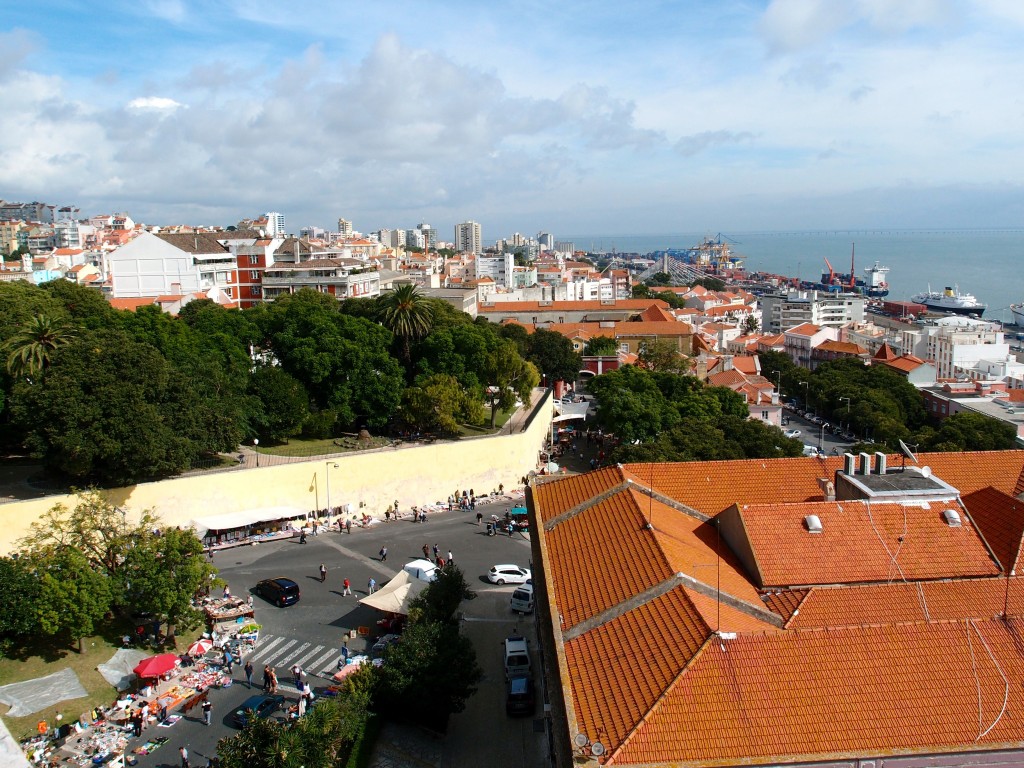
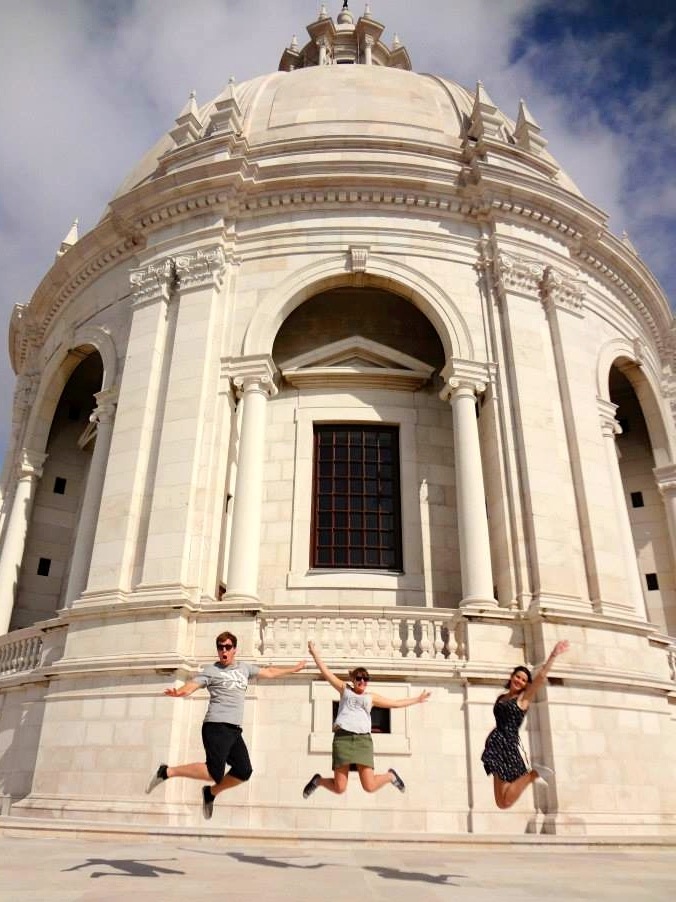
Wouldn’t be us without a jump shot! (Credit: Louise Sawyer)
Bits & Pieces
Entry to Santa Engrácia costs €3 for adults and includes admission to the roof terrace. If you’re planning to visit, remember that it is closed on Mondays.
The Alfama area is easily reached by heading east from the city centre up the Rua Augusta Rosa – just make sure to dive off the main roads into the alleyways as soon as you spot an interesting-looking one!
You can also catch the #28 tram from the city centre and hop off on Rua San Vincente.
Have you visited the Alfama? Did you discover any hidden spots that are a must-see?
